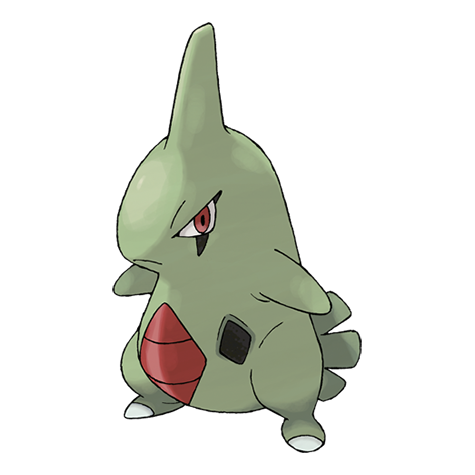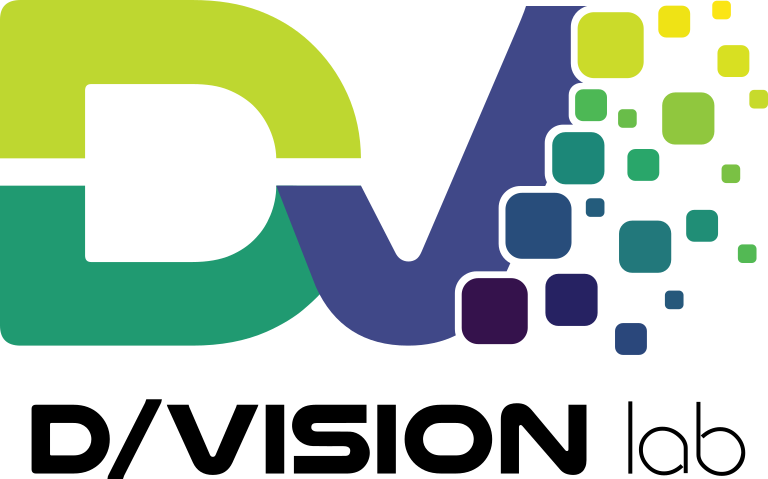
Kernel Convolution for Image Processing
Convolution is a fundamental operation in image processing that modifies an image by applying a mathematical operator called a kernel. A kernel is a small matrix of numbers that is passed over the entire image. The value of each pixel is recalculated based on the values of its neighbors, as defined by the kernel.
This technique allows for a wide variety of image filtering effects, such as:
- Blurring: Averaging pixel values to create a smoother image.
- Sharpening: Accentuating differences between pixels to enhance edges.
- Edge Detection: Highlighting the boundaries between different regions of an image.
- Embossing: Giving the image a raised, 3D appearance.
This module provides a robust framework for defining, managing, and applying convolution kernels to digital images.
How It Works
The core of the functionality is a convolve algorithm that systematically applies the kernel to every pixel of the source image.
- The kernel is centered over a target pixel.
- Each value in the kernel is multiplied by the corresponding pixel value underneath it.
- All the products are summed up to get the new value for the target pixel.
- This process is repeated for every pixel in the image to produce the final filtered image.
Boundary conditions (for pixels at the image edges) are handled by clamping the coordinates, ensuring the kernel can operate on the entire image.
API Reference
applyConvolutionFilter
Applies a named convolution kernel from the kernel library to a given image. This is the primary function for executing a filtering operation.
Syntax
applyConvolutionFilter(
loadedImage: Image,
filterName: string,
generateImage: boolean = false,
multiplier: number = 1
): Partial<Image> | TypedArray
Parameters
| Parameter | Type | Description |
|---|---|---|
loadedImage | Image | The source image object to be filtered. |
filterName | string | The name of the kernel to apply (e.g., edgeDetect). |
generateImage | boolean | Optional. If true, returns a new Image object. If false (default), returns only the TypedArray of filtered pixel data. |
multiplier | number | Optional. A scaling factor to apply to the kernel's values during convolution (default: 1). |
Returns
Partial<Image> | TypedArray – Returns a new, partial Image object containing the filtered result, or the raw TypedArray of pixel data.
addCustomKernel
Adds a new, user-defined kernel to the global library of available filters, making it accessible to applyConvolutionFilter.
Syntax
addCustomKernel(name: string, config: KernelConfig): void
Parameters
| Parameter | Type | Description |
|---|---|---|
name | string | A unique name to identify the new kernel. |
config | KernelConfig | An object with the kernel's configuration: { label: string, size: number, kernel: number[][] }. |
Returns
void
Example
// Define a 3x3 sharpening kernel
const sharpenConfig = {
label: "Sharpen 3x3",
size: 3,
kernel: [
[0, -1, 0],
[-1, 5, -1],
[0, -1, 0]
]
};
// Add the kernel to the library with the name "sharpen"
addCustomKernel("sharpen", sharpenConfig);
// The "sharpen" filter can now be used
const sharpenedImage = applyConvolutionFilter(myImage, "sharpen", true);
getKernels
Retrieves the complete object containing all currently defined convolution kernels.
Syntax
getKernels(): { [key: string]: KernelConfig }
Returns
{ [key: string]: KernelConfig } – A copy of the internal CONVOLUTION_KERNELS object.
applyGaussianBlur
Applies a Gaussian blur filter with dynamically generated kernel to a cornerstone image. This function generates the appropriate Gaussian kernel based on the specified parameters and applies it to create a smooth blurring effect.
Syntax
applyGaussianBlur(
loadedImage: Image,
kernelSize: number,
strength: number
): Partial<Image>
Parameters
| Parameter | Type | Description |
|---|---|---|
loadedImage | Image | The source cornerstone image object to be blurred. |
kernelSize | number | The size of the kernel (must be an odd number ≥ 3). |
strength | number | The sigma value for the Gaussian function, controlling blur intensity. |
Returns
Partial<Image> – A new, partial Image object containing the blurred result.
Example
// Apply a 5x5 Gaussian blur with sigma of 1.5
const blurredImage = applyGaussianBlur(myImage, 5, 1.5);
applySharpening
Applies a sharpening filter with dynamically generated kernel to a cornerstone image. This function creates an appropriate sharpening kernel based on the specified parameters to enhance edge definition and image clarity.
Syntax
applySharpening(
loadedImage: Image,
kernelSize: number,
strength: number
): Partial<Image>
Parameters
| Parameter | Type | Description |
|---|---|---|
loadedImage | Image | The source cornerstone image object to be sharpened. |
kernelSize | number | The size of the kernel (must be an odd number ≥ 3). |
strength | number | The strength of the sharpening effect (higher values = more sharpening). |
Returns
Partial<Image> – A new, partial Image object containing the sharpened result.
Example
// Apply a 3x3 sharpening filter with moderate strength
const sharpenedImage = applySharpening(myImage, 3, 0.8);
createFilteredImage
A utility function that constructs a new Image object from an array of filtered pixel data. It uses the original image as a template for metadata (e.g., dimensions, slope, intercept) and calculates new values for properties like minPixelValue, maxPixelValue, and windowCenter.
Syntax
createFilteredImage(
loadedImage: Image,
filteredPixelArray: number[]
): Partial<Image>
Parameters
| Parameter | Type | Description |
|---|---|---|
loadedImage | Image | The original image, used as a source for metadata. |
filteredPixelArray | number[] | The array of pixel data for the new, filtered image. |
Returns
Partial<Image> – A new, partial Image object ready for rendering.
Internal Functions
convolve: The core algorithm that performs the mathematical convolution. It iterates over image pixels, applies the kernel weights, and handles boundary logic.getTypedArrayConstructor: A helper utility that inspects the input image's pixel data to select the correctTypedArrayconstructor (e.g.,Int16Array,Uint8Array) for the output. This preserves the numerical precision and data type of the original image.generateGaussianKernel: Generates a Gaussian kernel matrix for blurring operations based on size and sigma parameters.generateSharpenKernel: Generates a sharpening kernel matrix based on size and strength parameters.
